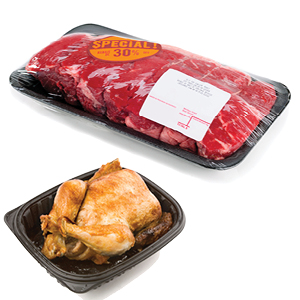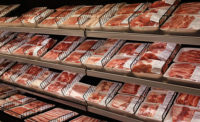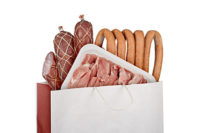
|
Not to diminish the former, but today, processors can choose from among a host of packaging manufacturers for basically the same technologies and formats. Over the past few years that playing field has become more and more level. Consider for a moment that the real state of packaging is how processors look at it, as either a way to reduce the cost of their products or a way to add value to them.
What consumers need and value should exert a powerful influence over the packaging attributes processors demand for their products, but those attributes can increase overall packaging costs, too.
A one-cent or two-cent per package increase in cost is significant when spread over millions of units. So the question becomes, can the increased cost be passed along to retailers and will shoppers pay extra for it?
This should not be a guessing game. Let’s back up for a moment. Understanding from market research what consumers need and value or even what makes them different from one another regarding food packaging, food, meal preparation and sustainability will give clearer guidance as to the packaging choices processors make and may even effect the direction of package development they ask of suppliers.
It is much easier to sell retailers on a couple of cents extra per package if you have the research that indicates shoppers will pay 10 to 15 cents more for the value delivered. Having a sense of what motivates consumers gives processors a leg up as they seek packaging solutions because they already have insight into the needs they should satisfy.
We have to remind ourselves that right now the packaging technologies exist that answer consumers’ food-packaging needs for convenience, portion control, reclosing, microwaving, oven-ready and freshness. By having a better understanding of consumers’ attitudes and motivations, processors are better equipped to sort through the myriad performance characteristics all of these technologies represent and make better decisions on where and how they invest in packaging.
They can save money by not spending on those attributes that deliver little perceived value and justify — with solid market research data — spending on those that people do value and will pay extra for.
That is a state of packaging where everyone can win.





Report Abusive Comment